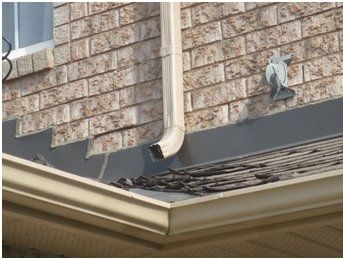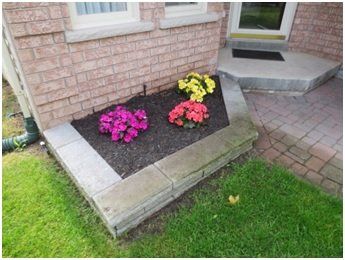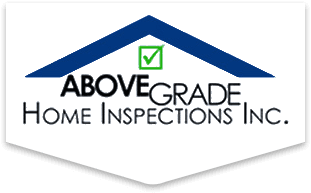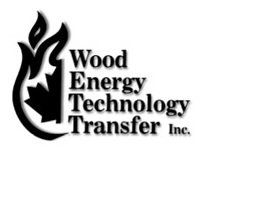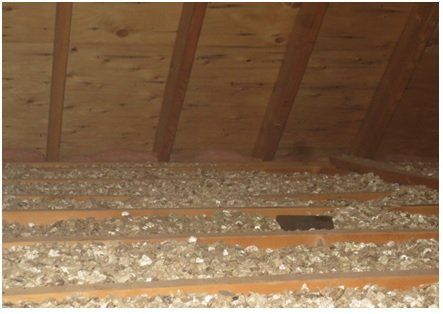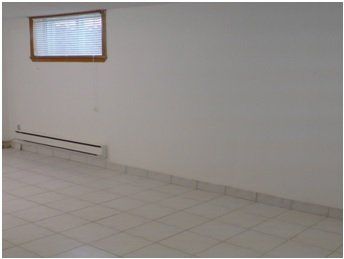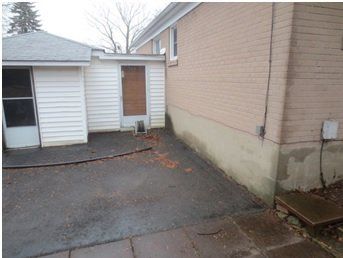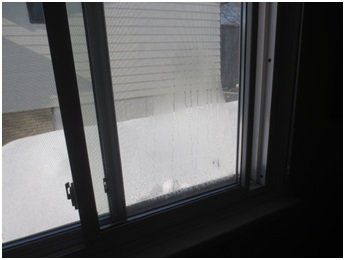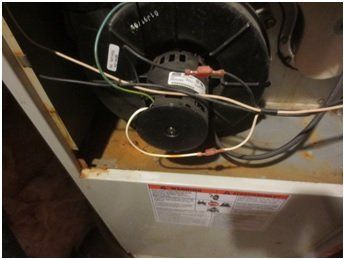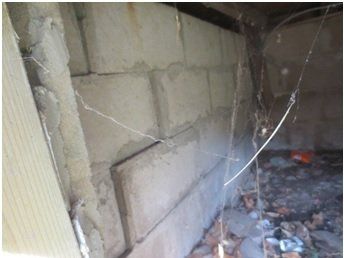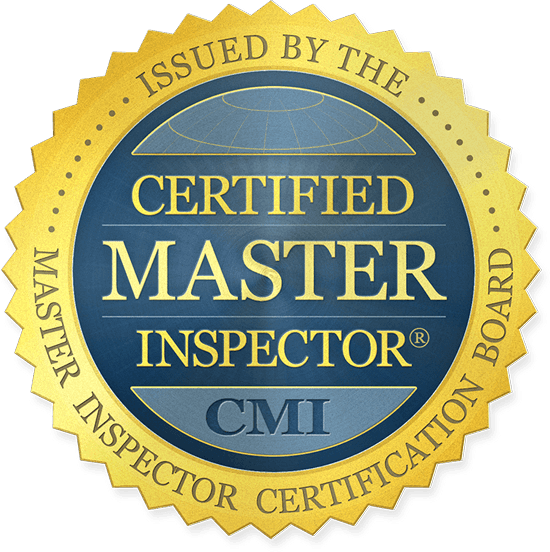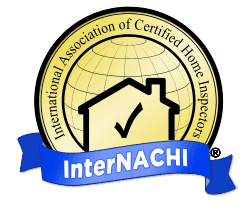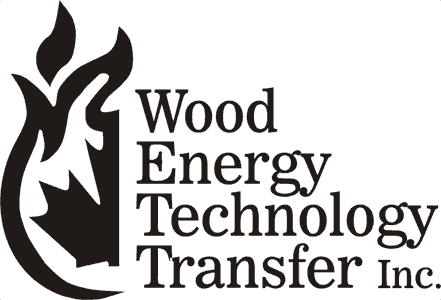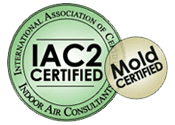More
often than not, it seems with most WETT inspections of wood burning appliances,
there are typical issues or defects that many folks are not aware of or
oblivious to. Here are some common issues typically found during a WETT
inspection. Use this information to help prepare you for your upcoming WETT
inspection
Hearth extensions or floor protection is a
common issue. For most wood burning fireplaces, a hearth that extends at least
16” in front of the opening and 8” to each side is required. The hearth must be
constructed with a permanent non combustible material, such as tile or brick.
If the firebox of a fireplace is higher than that hearth, then in some cases an
extension may be required to meet code compliance. For woodstoves, generally
floor protection must extend out 18” in front of the loading door, and 8”
around the sides and rear of the stove. These are general rules and depending
on the manufacturers specified installation instructions, may vary between
different makes and models of stoves.
Dampers which are damaged or not functional
on woodstoves and fireplaces are another common problem observed during WETT
inspections. Always ensure the damper is in good condition and fully
operational, perform repairs right away if your damper is not functioning
correctly.
Missing flue pipe screws or clamps is
another very common problem found during WETT
inspections. Each section of flue pipe must have three screws or equivalent
clamps securing each connection point. Ensure the flue pipe crimps are also
installed with the correct orientation so any condensate can flow back towards
the appliance and not leak at the joints.
Clearance to combustible materials is the
most common problem observed during WETT inspections. The clearances required
for uncertified appliances are simple, 48” around each side and loading door,
60” to the ceiling from the top of the appliance. Use of appropriate shielding
can reduce clearances by up to 67% in some cases. Clearances for certified
appliances must be set as stated in the instructions that come with the
appliance. Reduced clearances can also be achieved with the appropriate heat
shielding installed as per the manufacturers installation instructions.
This is not a full comprehensive list of
all problems encountered during a WETT inspection, but this gives homeowners a
good idea of what to look for and where to start when preparing for their WETT
inspection.
Above Grade Home Inspections Inc. performs
WETT inspections, home
inspections, thermal imaging inspections and mould inspections across
Barrie and Simcoe County.
